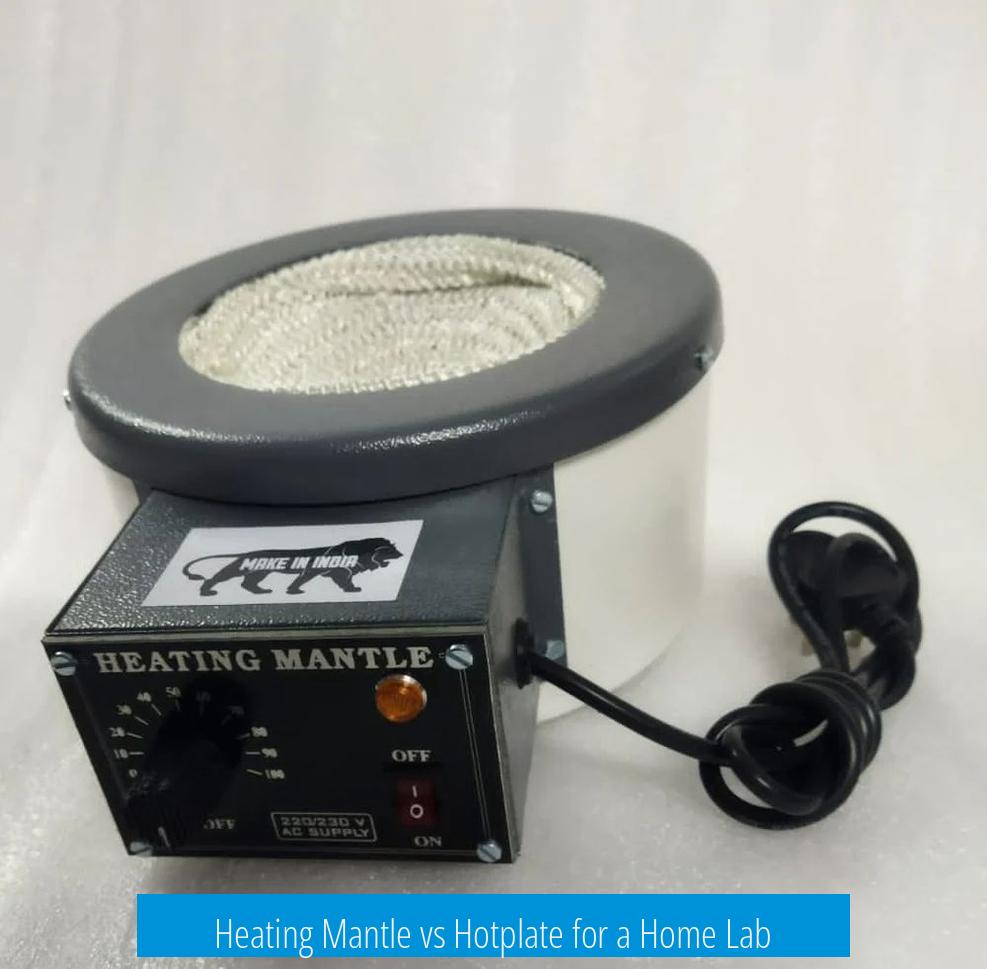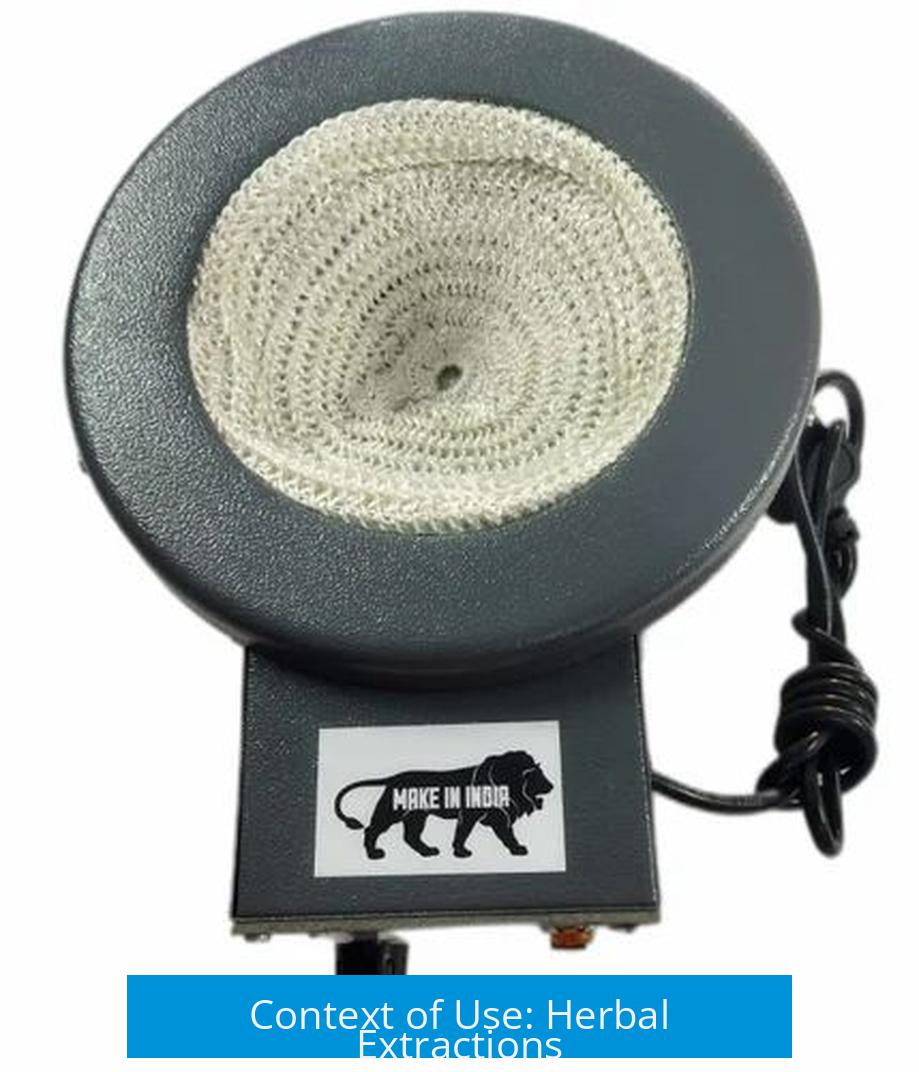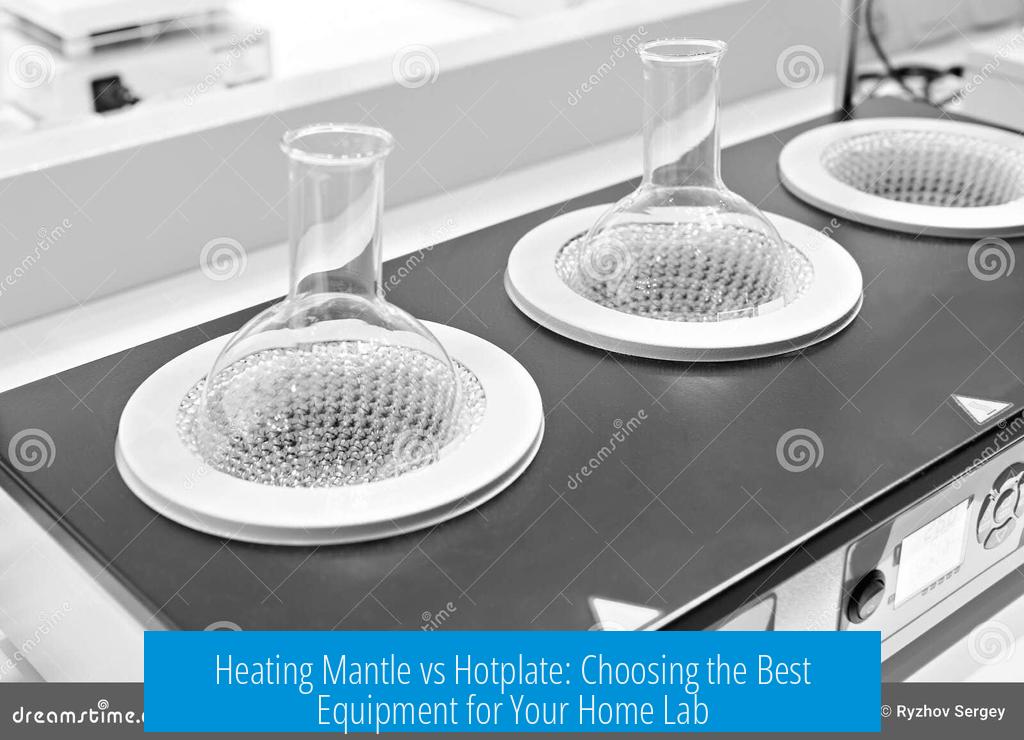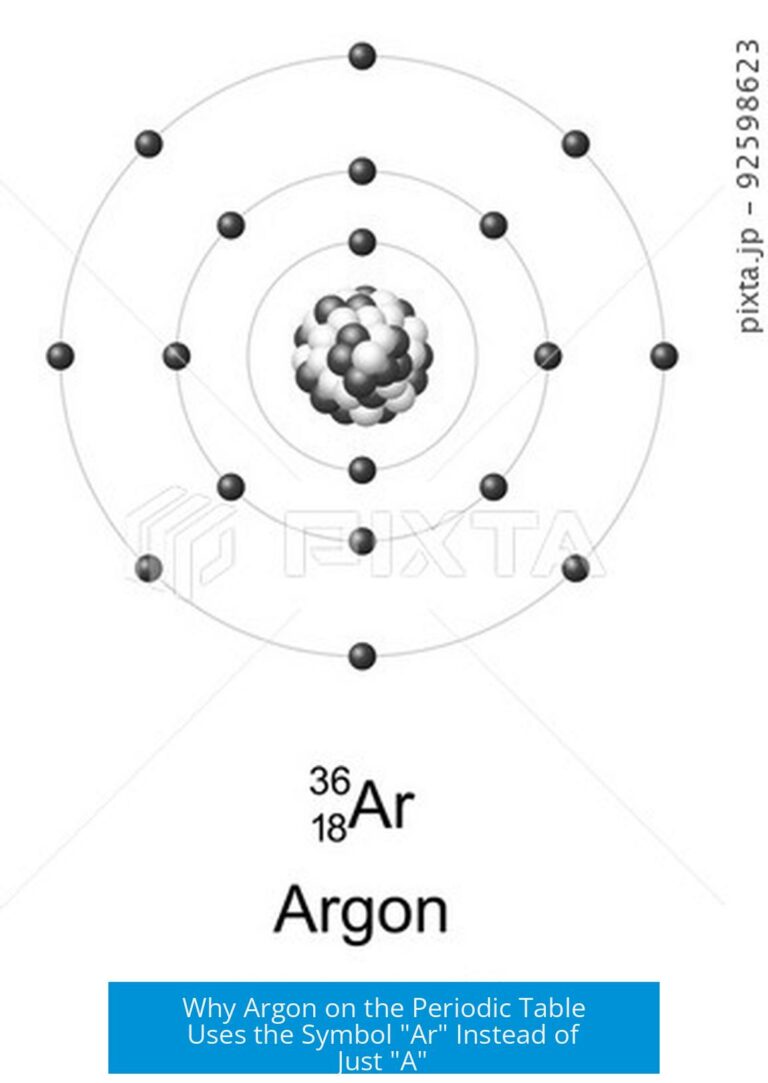Heating Mantle vs Hotplate for a Home Lab

Choosing between a heating mantle and a hotplate in a home lab mainly depends on material compatibility, temperature control, and ease of use. Hotplates offer better temperature management with options like oil baths and stirring. Heating mantles excel in clean heating of round-bottom flasks without messy oils.
Heating Control and Temperature Management
Hotplates allow users to place an oil bath on top, improving temperature accuracy. A thermometer can be inserted into the bath to monitor heat precisely. This setup supports fine temperature adjustments ideal for sensitive reactions.
Heating mantles directly heat the flask and avoid the use of oil baths, reducing cleanup. However, mantles provide less precise temperature control compared to hotplates with oil baths. Some users find mantles challenging for achieving nuanced temperature settings.
Versatility and Usability
Hotplates are versatile. They can heat directly or support oil baths. These units usually integrate magnetic stirrers, enhancing stirring efficiency. This combination benefits reactions needing constant agitation and heat.
Heating mantles typically fit specific flask sizes and lack stirring capabilities. They provide consistent heat distribution to round-bottom flasks but may not suit all reaction types or vessels. Users appreciate mantles for dedicated heating needs but acknowledge their narrower use cases.
Practical Considerations in a Home Lab
- Hotplates often receive preference due to their flexibility and ease of replacing mantles with oil baths.
- Oil baths on hotplates can be enhanced with aluminum heating dish inserts, offering better heat transfer and stability.
- Heating mantles reduce mess compared to oil baths but may require more attention to temperature settings.
Context of Use: Herbal Extractions

For herbal extraction methods, precise and controlled heating is critical. Hotplates typically serve best here due to their adaptable temperature control and stirring support.
Key Takeaways
- Hotplates provide superior temperature control, especially when used with oil baths and stirrers.
- Heating mantles offer clean heating for round-bottom flasks but less fine temperature control.
- Hotplates accommodate various vessels and procedures, making them more versatile.
- Heating mantles minimize mess but suit specific applications more narrowly.
- For home labs focused on diverse or sensitive tasks like herbal extraction, hotplates are often the preferred choice.
What are the temperature control differences between heating mantles and hotplates?
Hotplates allow better fine temperature control, especially when used with an oil bath and thermometer. Heating mantles heat round-bottom flasks directly but offer less precise control.
Which device is more versatile for a home lab, heating mantle or hotplate?
Hotplates are generally more versatile. They can heat flasks with oil baths, accommodate stirring, and use aluminum inserts that improve heating efficiency.
Why might someone prefer a heating mantle over a hotplate?
Heating mantles avoid the mess of oil baths commonly used with hotplates. They provide a cleaner setup when heating round-bottom flasks directly.
Can hotplates support magnetic stirring better than heating mantles?
Yes, hotplates typically combine heating with built-in stirring functions, making them more suitable for experiments requiring constant stirring.
Is a hotplate a good choice for herbal extractions in a home lab?
Hotplates are often preferred for herbal extraction due to their temperature control and versatility, making them a practical choice for home lab setups.





Leave a Comment